Tool Talk: Show And Tell! Tool Training For Tired Techs
Technician training is a great way for your store or warehouse group to connect with your customer base as well as show off profitable tool and equipment lines.
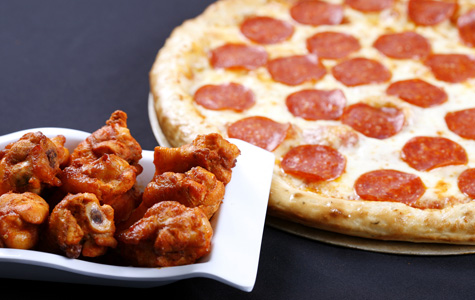
Keeping Your Cool (With Automotive Radiator Warranties)
In my opinion, the best warranty is one you never have to use, writes Counterman contributor Thomas Dayton.
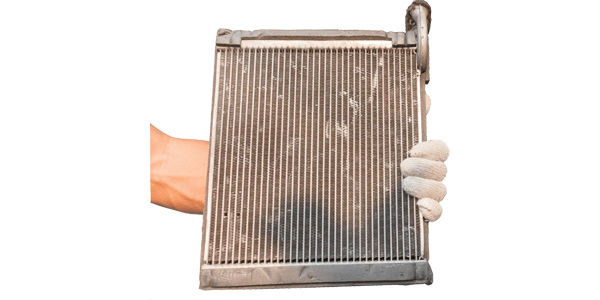
Automotive Ignition Coils Come In A Wide Range Of Shapes, Sizes And Applications
The distinct differences between coil designs make identification of optional coils relatively simple for both the parts specialist and the technician.
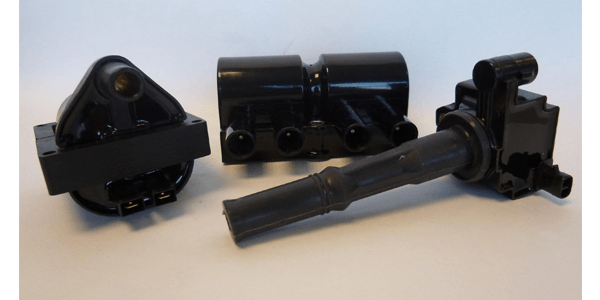
Ball Joint Basics: Load, Follow Or Get Out Of The Way
Ball joints are classified as either “load-carrying” or “follower” types, and their position in the suspension varies depending on the suspension design. These two types of joints often have different wear and failure rates, with the load-carrying joints usually failing first.
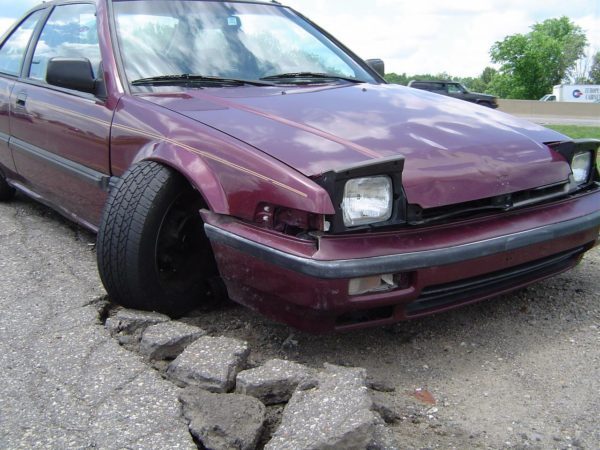
Mass Air Flow (MAF) Sensor: A Relatively Simple Automotive Part That Plays A Vital Role
The MAF maintains efficient combustion.
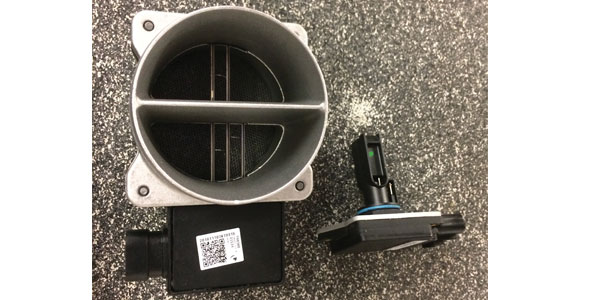
Knock, Knock, Who’s There? Fuel Additives And Octane Ratings Explained
Detonation, also known as “knock,” has long been an enemy of the internal combustion engine.
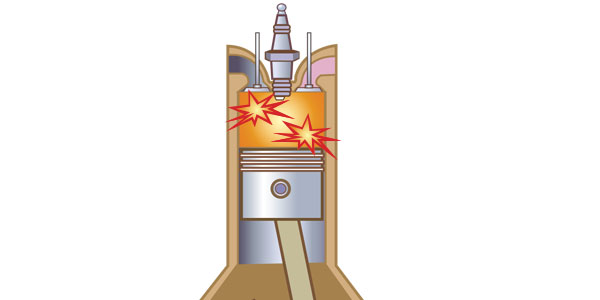
AAPEX: The Best Bet In Las Vegas
Counterman columnist Thomas Dayton recently attended AAPEX, our industry’s largest showcase of new and innovative products from more than 2,000 different vendors, held annually in Las Vegas, Nevada.

The Home Stretch: Stretch-Fit Serpentine Belts Are More Efficient, Quieter
Similar in external appearance to a conventional serpentine belt, these belts have a unique internal construction that allows them to be self-tensioning.
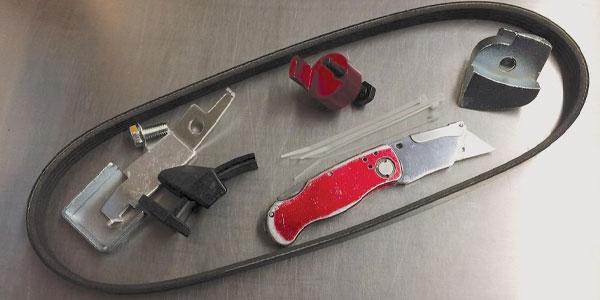
Busted Knuckles: Bearings And Seals For Monobeam Front Axles
Servicing the ball joints and u-joints on monobeam axles requires a fair amount of steering knuckle disassembly just to access these components.
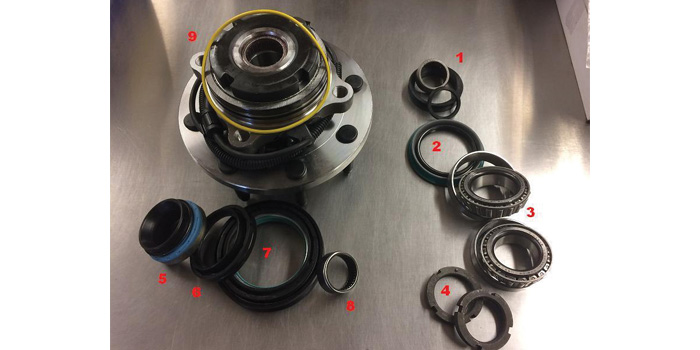
Stop-Start Technology Becoming A Standard Option On Conventional Internal Combustion Engines
Stop-start (also known as “micro-hybrid”) technology is the latest effort by vehicle manufacturers to achieve the nearly 55 miles-per-gallon corporate average fuel economy (CAFE) standards expected by the EPA before the 2025 model year.
Thin Is In The Skinny On Low-Viscosity Diesel Oils And Standards
The smaller, more fuel-efficient engines found in today’s vehicles are capable of high mpg (miles per gallon) ratings in part because of low-friction, low-viscosity motor oils.
Auto Parts Stores, Warehouses Can Use Telematics To Compete With The Big Boys
Equipping a delivery vehicle with an OBD-II transmitter can offer the store owner or fleet manager a window into the driving habits, location and efficiency of their delivery personnel.

